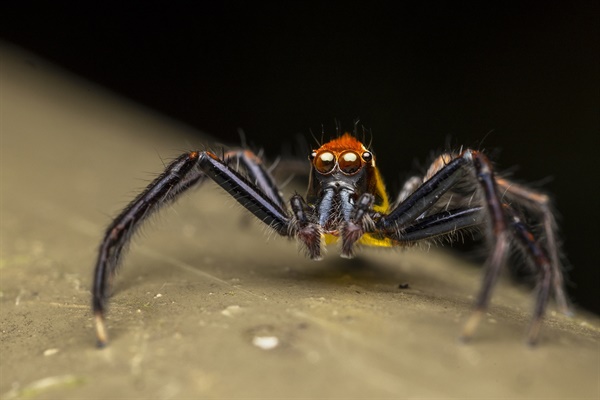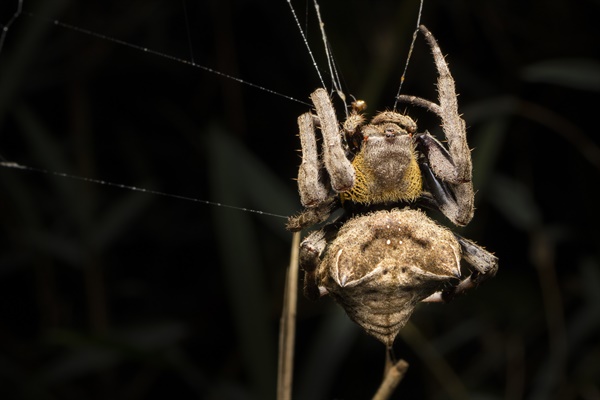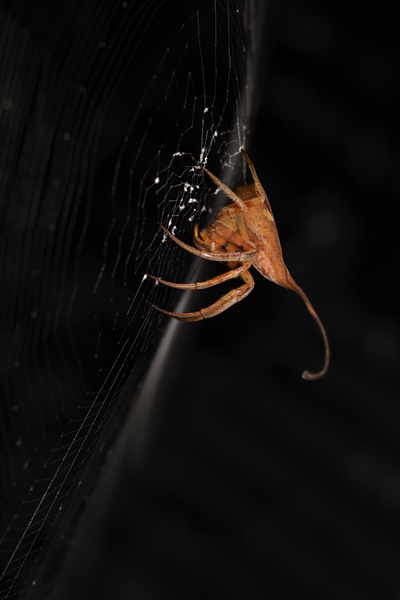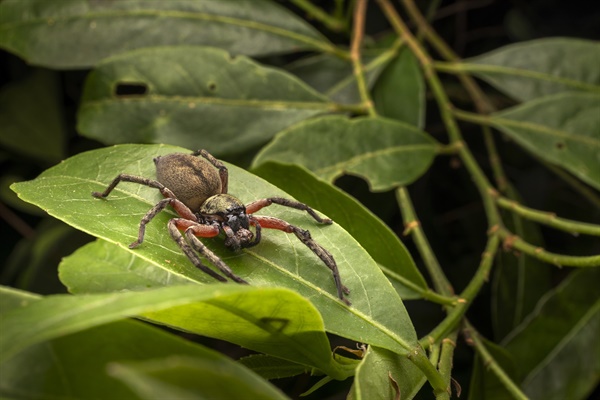The understanding that spiders are not insects is something even elementary school students now grasp. Insects are members of the Class Insecta and generally have distinguishing features such as a pair of antennae, two pairs of wings, and three pairs of legs, with their bodies divided into the head, thorax, and abdomen. Spiders, in contrast, have four pairs of legs and no antennae. However, the taxonomic position of spiders can often be confusing. Here, I will attempt to explain using insects as an analogy. In the class Insecta, the order Coleoptera (beetles) is the most diverse, followed by the more familiar and beloved Order Lepidoptera (butterflies and moths). In the class Arachnida, the Order Araneae (spiders) is the most well-known, while the Orders Acari (mites and ticks) and Scorpiones (scorpions) are often feared and despised. Therefore, spiders are just a prominent Order within the Class Arachnida.
Within the Order Araneae, spiders are further divided into three suborders. According to the book, "Spider Families of the World and their Spinnerets", written by Murphy and Roberts (2015), the Mesothelae (1 Family) and Mygalomorphae (16 Families) are considered more primitive, with their fangs moving vertically and possessing two pairs of book lungs for respiration. These spiders mostly live on the ground. The Suborder Araneomorphae is divided into three groups, comprising a total of 98 Families. Most of the spider species belong to these Families. As the name suggests, Araneomorphae represents the more advanced spiders, with fangs that move laterally and only one pair of book lungs. They have a wide distribution, diverse habitats, and have developed various hunting techniques, whether they spin webs or not, making them highly adaptable. Spider sizes can range from just a few millimeters to nearly ten centimeters (such as the giant bird-eating spiders of tropical rainforests).
In Hong Kong, most species measure less than three centimeters from the head to the end of the abdomen (excluding the length of the chelicerae). Many spiders exhibit sexual dimorphism, meaning their appearance and size differ significantly between males and females.
Article: Mr. Dickson Wong (Sik Sik Yuen Ho Koon Nature Education cum Astronomical Centre)
Editor: OWLHK
View Checklist in Species Database




